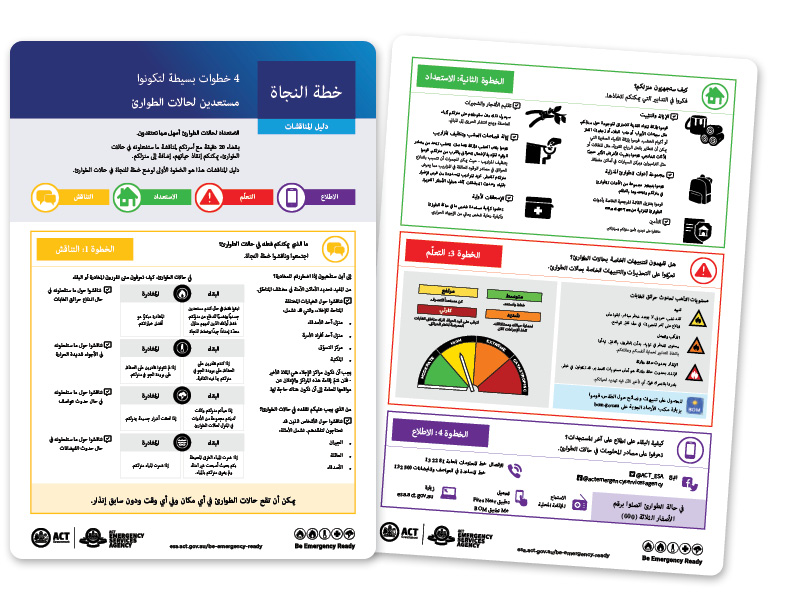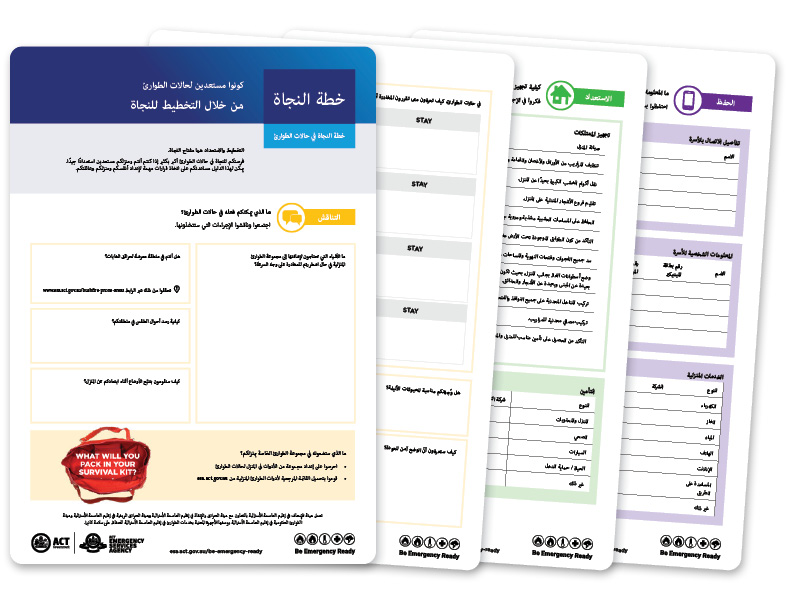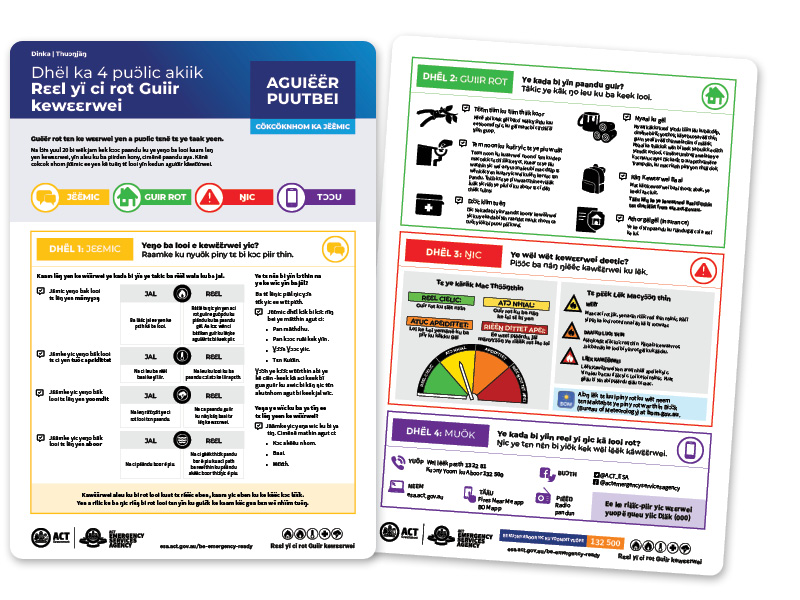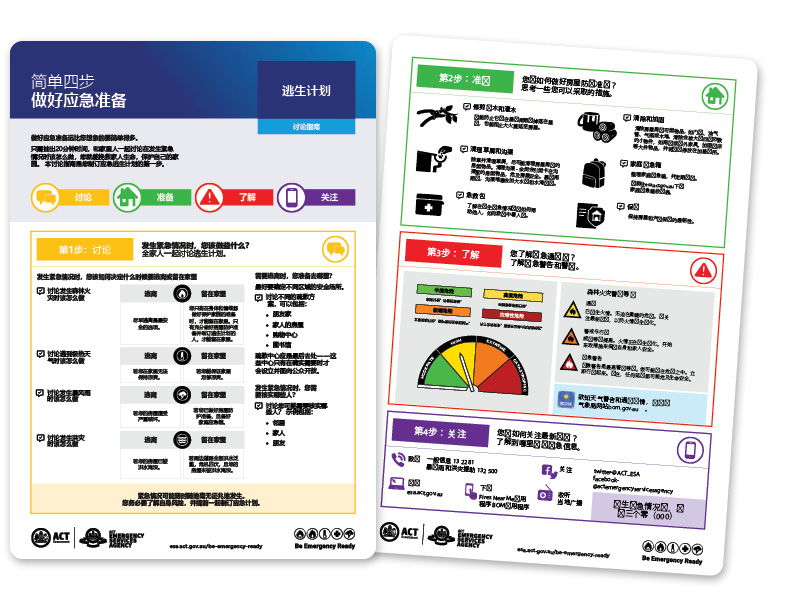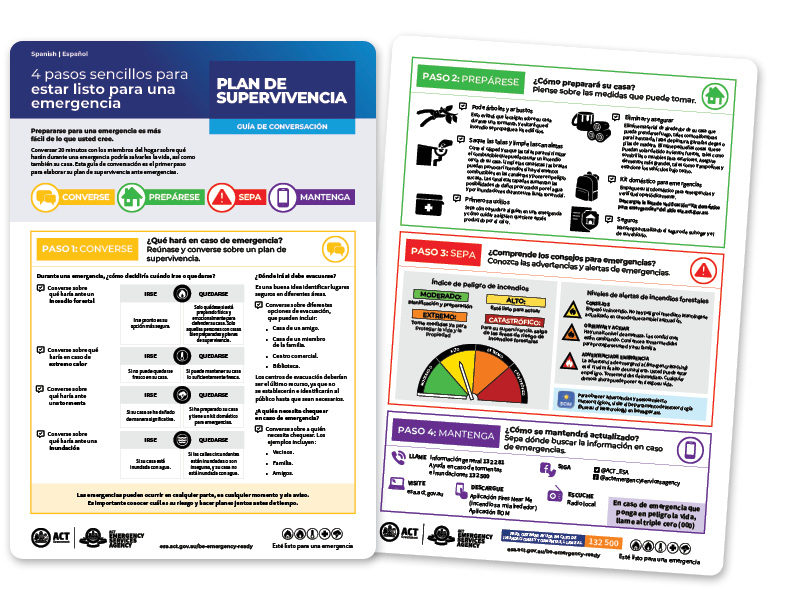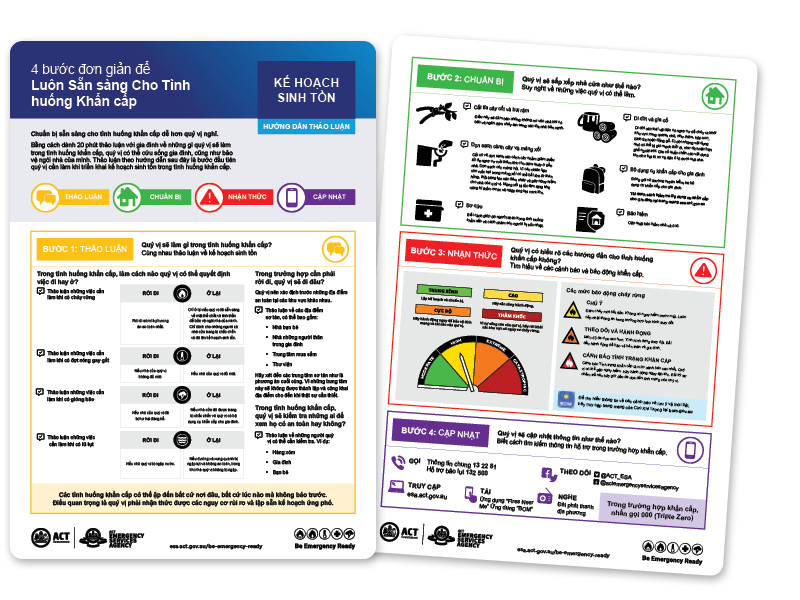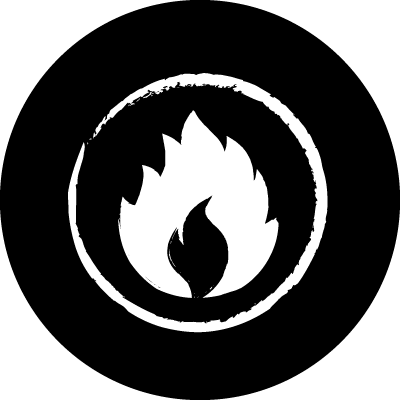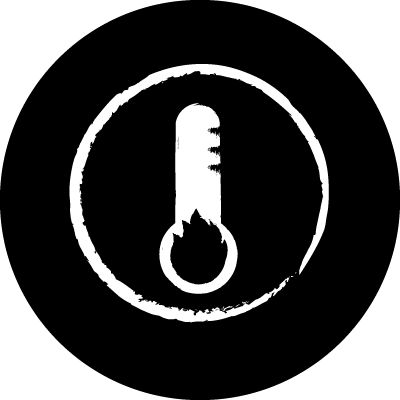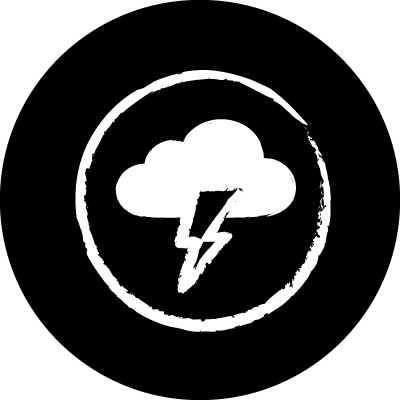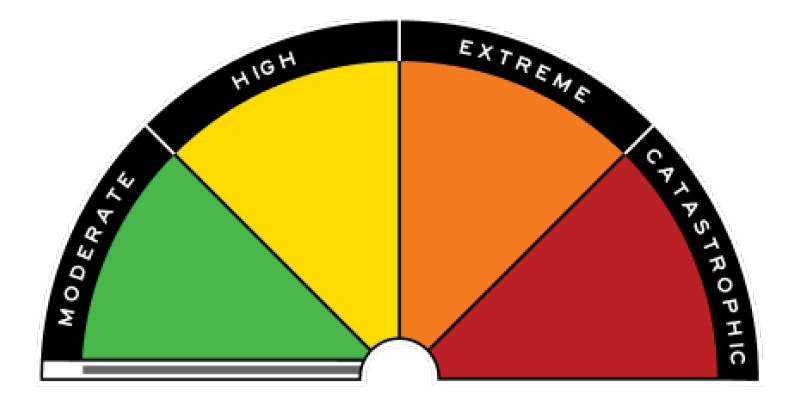If you and your home are well prepared, you stand a better chance of surviving an emergency.
Download and complete your Survival Plan today – it only takes 20-minutes.
Find out more ways to Be Emergency Ready:
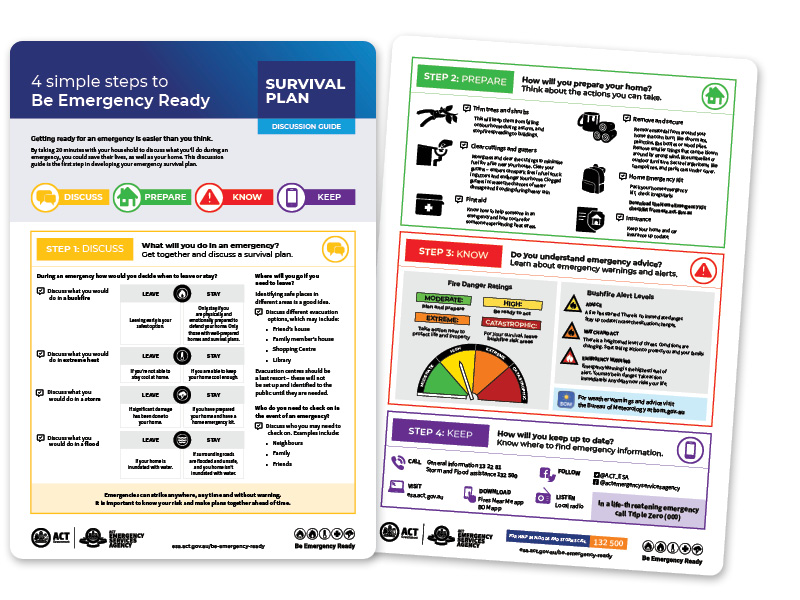
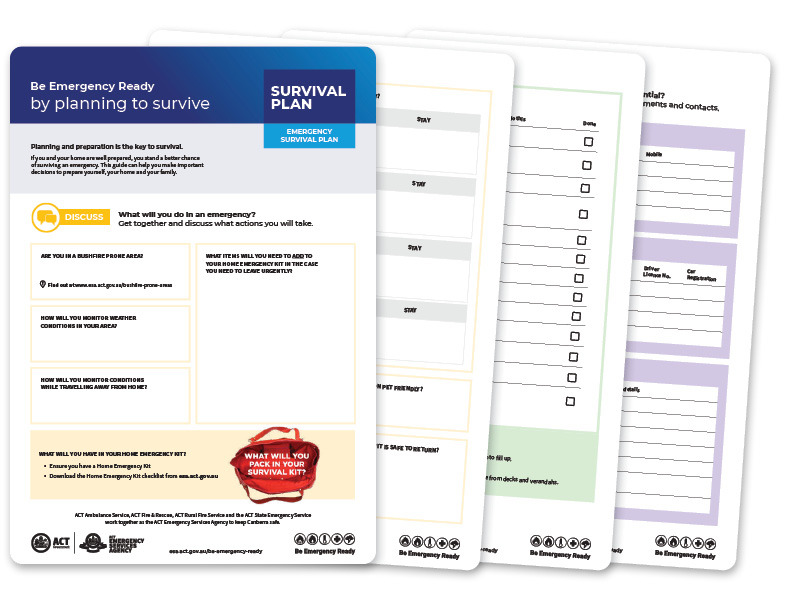
See translated resources at the bottom of this page for alternative versions of these documents including Easy English.
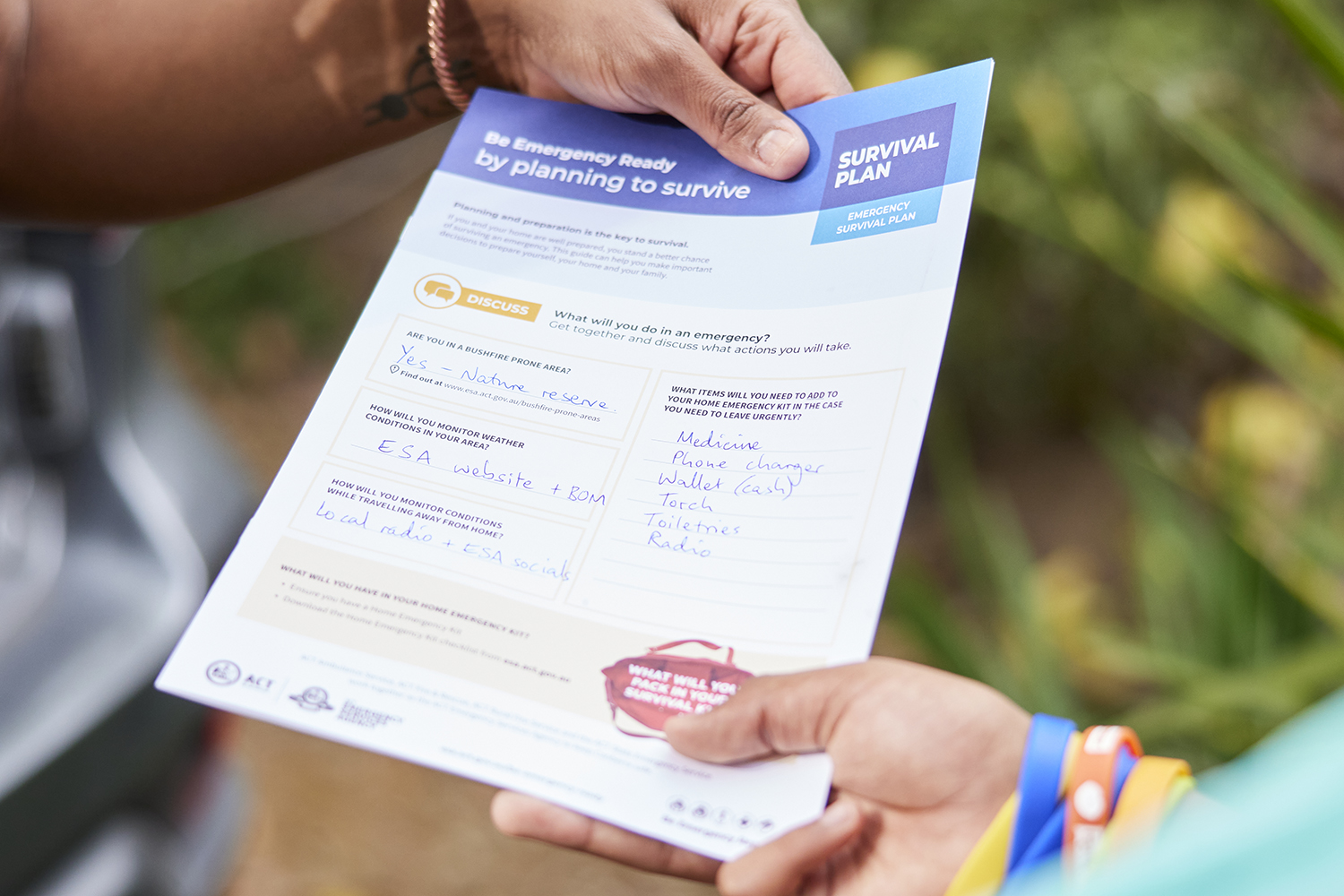
There are four steps to Be Emergency Ready

What will you do in an emergency?
Get together and discuss a survival plan.
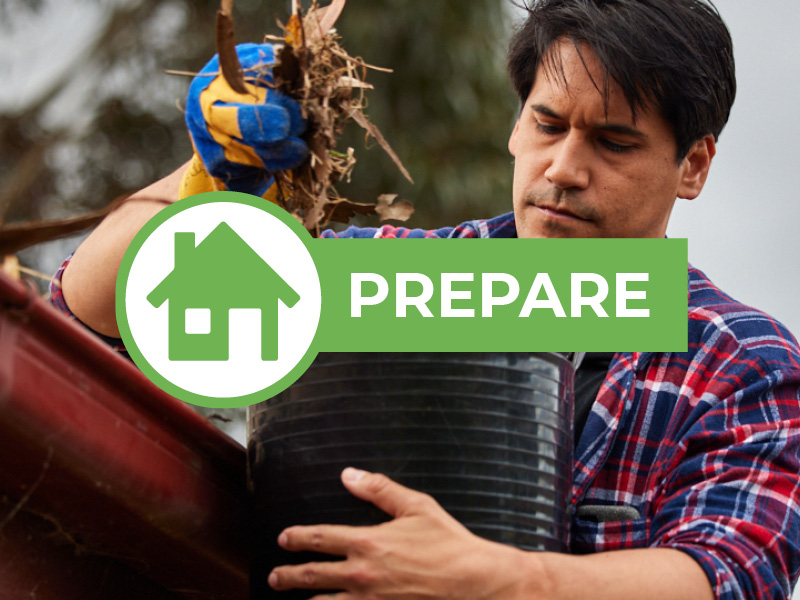
How will you prepare your home?
Think about the actions you can take.
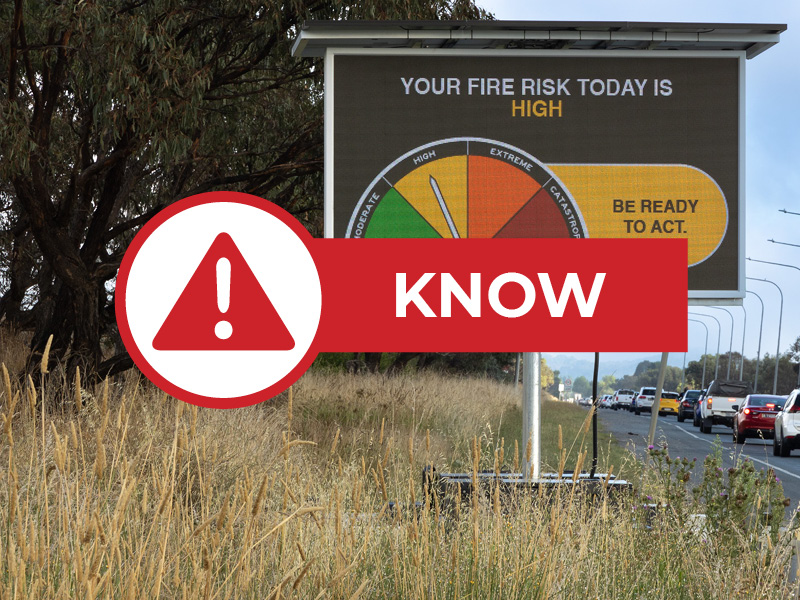
Do you understand emergency advice?
Learn about emergency warnings and alerts.
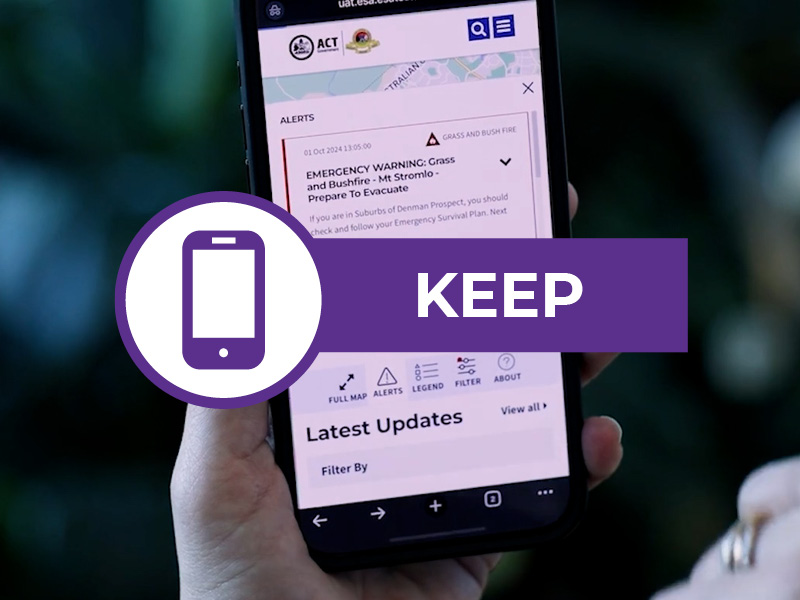
How will you keep up to date?
Know where to find emergency information.
Watch: See the steps to complete your Survival Plan.
During an emergency how would you decide when to leave or stay?
Discuss what you would do in a bushfire | Leave Leaving early is your safest option. | Stay Only stay if you are physically and emotionally prepared to defend your home. Only those with well-prepared homes and survival plans. |
Discuss what you would do in a extreme heat | Leave If you’re not able to stay cool at home. | Stay If you are able to keep your home cool enough. |
Discuss what you would do in a storm | Leave If significant damage has been done to your home. | Stay If you have prepared your home and have a home emergency kit. |
Discuss what you would do in a flood | Leave If your home is inundated with water. | Stay If surrounding roads are flooded and unsafe, and you home isn’t inundated with water |
Consider these actions to prepare your home for an emergency:
| Trim trees and shrubs This will keep them from falling on your home during a storm, and stop fire spreading to buildings. |
| Clear cuttings and gutters Mow grass and clear the cuttings to minimise fuel for a fire near your house. Clear your gutters – embers can spark fires in fuel stuck in gutters and endanger your home. Clogged gutters increase the chances of water damage and flooding during heavy rain. |
| First aid Know how to help someone in an emergency and how to care for someone experiencing heat stress. |
| Remove and secure Remove material from around your home that can burn, like door mats, paint tins, gas bottles or wood piles. Remove smaller things that can be blown around by strong wind, like umbrellas or outdoor furniture. Secure larger items like trampolines, and parks cars under cover. |
| Insurance Keep your home and car insurance up to date. |
| Home Emergency Kit Pack your home emergency kit, check it regularly. Download the Home Emergency Kit packing list |
Learn about emergency warnings and alerts
Daily Fire Danger Rating The daily Fire Danger Rating indicates how dangerous a fire could be under the daily weather conditions. | No Rating Moderate (Green): Plan and prepare High (Yellow): Be ready to act Extreme (Orange): Take action now to protect your life and property Catastrophic (Red): For your survival, leave bushfire risk areas. Find out more about the Australian Fire Danger Rating System | ||||||
Australian Warning System The Australian Warning System is a nationally constant way of displaying warnings. |
Find out more about Warnings and Alerts |
Keep up-to-date and understand where to find emergency information
| Call General information: 13 22 81 Storm and Flood assistance: 132 500 |
| Follow X (Twitter): @ACT_ESA Facebook: ACT Emergency Services Agency |
| Visit |
| Listen Local Radio (666 AM) |
| Download Fires Near Me NSW Bureau of Meteorology App |
Easy English


Translated Resources
